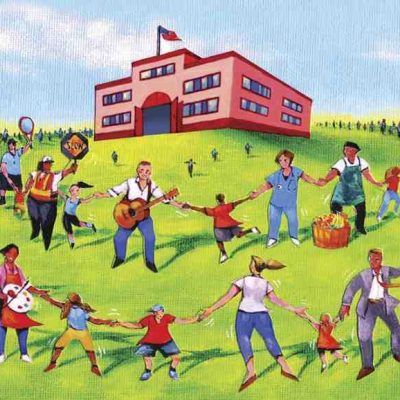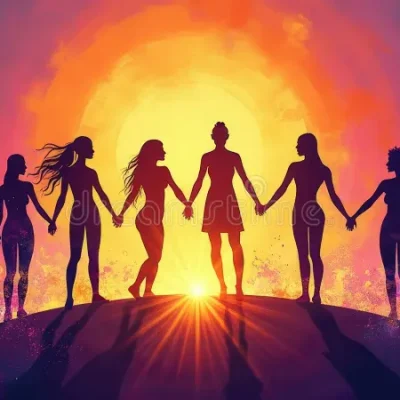Private prisons are a problem
“Neither slavery nor involuntary servitude, except as punishment for a crime, whereof the party shall have been duly convicted, shall exist within the United States, or any place subject to their jurisdiction.” This is the famous quote from the 13th amendment, ratified on April 8th, 1864, which we credit for abolishing slavery. The 13th Amendment is seen as something that transformed the political climate of America for the better, and indeed it did, truly it was the first step towards an ideal country for all of its residents. But a step is only a step, not an answer.
Before the war, 80 percent of America’s economy was tied to slavery. With the loss of slavery, our capitalist overlords of course found other methods of creating profit, but for the average farmer from Tennessee, your livelihood was erased (not literally they were still land owners but go with it). Gone were the days of having all of your needs taken care of by an unpaid laborer, and coincidentally there was a surplus of black people who owned nothing, had nowhere to go, and were unemployed. The southern farmers saw this and in true American fashion created a system to exploit them, giving rise to the system of sharecropping; basically, they would give the former slaves their farmland, but in return, the slaves would give them the majority of their crop.
Sharecropping was just one step in the never-ending cycle of black people being oppressed, the government eventually saying no, white people finding an exploit, and repeat. Now finally, in my article about the prison system, I can begin to talk about, well, Prison.
The U.S. has the highest prison population out of any country in the world at about 2.1 Million; Nearly 400 thousand more than China in second place, we have the highest rate of incarceration in the world, and hold one-fourth of the world’s prisoners. According to a 2019 study by Cornell University, 45% of Americans have a close family member who is in or has been in the prison system. Because of the insane amount of people in the prison system, there are, of course, countless companies that try to exploit and capitalize off of them and their families. The prison industrial complex makes $4 billion annually, this includes companies like Securus, Keefe Commissary, Wellpath, Access Corrections, etc make profit off of the families of inmates: communication with the outside world, commissary, money transfer, and healthcare, all of these. The average inmate in the U.S makes 52 cents an hour and inmates that work for MassCore industries get paid hourly between ¢70 to $1.40 – that’s over ten times less than the minimum wage and is barely enough to pay for the basic necessities which the state doesn’t provide, leaving the inmates loved ones to shoulder the burden of having to pay for phone calls, video visits, even soap isn’t provided. Meanwhile, prison labor generates $11 billion every year for the companies.
I’d like to note that something very similar happens within immigrant detention facilities. In for-profit facilities, people are allegedly threatened with solitary confinement and being deprived of certain privileges if they don’t do forced labor. But that isn’t the primary focus of this article so I’ll move on.
In America we have a very Draconian view when it comes to criminals: they committed a crime and deserve to be punished for it. This is in large part why there hasn’t been legislation passed defending the rights of prisoners, because most criminals are monsters in the eyes of the people, sub-human filth, undeserving of their rights as human beings, and coincidentally when many think of criminals they think of people of color. Even for non-violent crimes like drug-related crimes or theft, many Americans just can’t find it within themselves to have any amount of empathy. Often times I hear the argument that if we don’t treat criminals so harshly, then more people will choose to commit crimes, but that’s actually completely false. Studies suggest that harsher sentencing for crimes has little to no impact in discouraging a criminal from committing another crime. 44% of former prisoners in the U.S. are arrested again within a year. Conversely, in Norway, only 20% of prisoners commit a crime within two years of being released. Why is this? It’s because in Norway prisons exist not as a punishment and a way to keep the working class impoverished, but rather to rehabilitate their inmates and teach them to be functional members of society.










